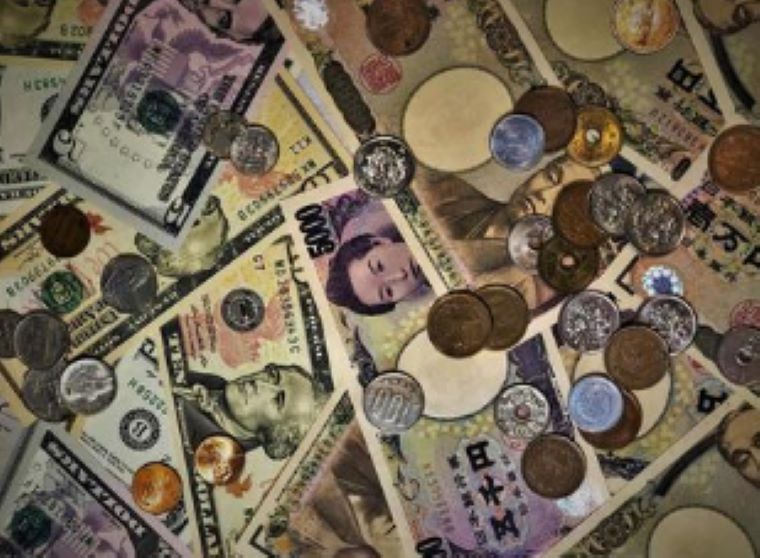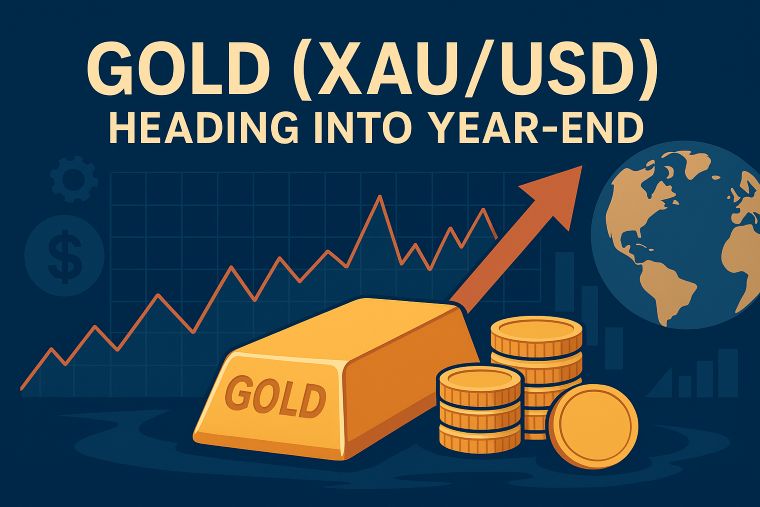3 min to read
The USDJPY pair has shown a resilient performance, inching closer to the 149 yen
amidst a backdrop of increased demand for the US dollar.

“In the current landscape of heightened demand for the US dollar, the USD/JPY pair has displayed a remarkable performance, edging closer to the 149 yen mark in today’s New York forex market”
This surge places it at levels not witnessed since October of the preceding year, signifying a significant high point. Although some anticipated selling pressure related to year-end considerations at higher levels, the appetite for buying remains robust on the downside. Consequently, the USD/JPY pair persists in its pursuit of the coveted 150 yen threshold.
Today, the upward trajectory of the USD/JPY pair has found reinforcement in the ascent of US Treasury yields. The 10-year yield has reached heights unseen since October 2007, while the 30-year yield has surged to levels reminiscent of April 2011. During last week’s Federal Open Market Committee (FOMC) meeting, the Federal Reserve (FRB) left the door open for the possibility of additional rate hikes by year-end and hinted at a prolonged period of tightening. They reemphasized their commitment to a policy of “higher for longer” interest rates.
While the USD/JPY pair is now approaching levels that could raise intervention concerns, it currently maintains a gradual upward trajectory. Volatility remains relatively subdued, with yen strength observed in cross-yen pairs such as EUR/JPY and GBP/JPY. The stance of Japan’s Ministry of Finance remains focused on judicious responses to excessive volatility, with the potential for verbal intervention if deemed necessary.
Meanwhile, the Euro has experienced a decline, breaching the 1.05-dollar range and reaching its lowest levels since March. There is a growing anticipation of whether it will test the psychologically significant level of 1.05 dollars. However, caution is advised as signs of overextension become increasingly apparent. The Relative Strength Index (RSI), a technical indicator used to gauge overbought or oversold conditions, has dipped below the 30 threshold, signaling oversold conditions.
Today also featured testimony from ECB President Lagarde, who emphasized the imperative of maintaining interest rates at elevated levels to mitigate inflation, even amid challenging economic conditions. She expressed the intention to uphold interest rates at a restrictive level for as long as necessary but refrained from providing specific guidance during this period of rate stability, describing it as a “long race.”
Short-term financial markets are currently pricing in the possibility of rate cuts in the April-June period next year. However, the ECB exercises caution, given the prevailing high levels of inflation. Consequently, the market may exercise restraint in building expectations of future rate cuts at this stage.
In the realm of the GBP/USD pair, the pursuit of lower levels persists, with the pair temporarily descending to the 1.21-dollar range, a level unseen since March. The recent decision by the Bank of England’s Monetary Policy Committee (MPC) to maintain interest rates surprised some market participants. However, it appears that the release of the UK Consumer Price Index (CPI), which influenced the decision to hold rates, played a pivotal role.
Nonetheless, it is crucial to note that the MPC’s voting resulted in a close 5-4 decision, indicating that the possibility of additional rate hikes has not entirely dissipated. Short-term financial markets are currently factoring in a 60% probability of another rate hike. Nevertheless, the initial hawkish sentiment has considerably receded, now manifesting itself in the current weakness of the pound. Market sentiment suggests a 40% likelihood of the pound reaching 1.20 dollars within a month.
Visit XM Official Website.

